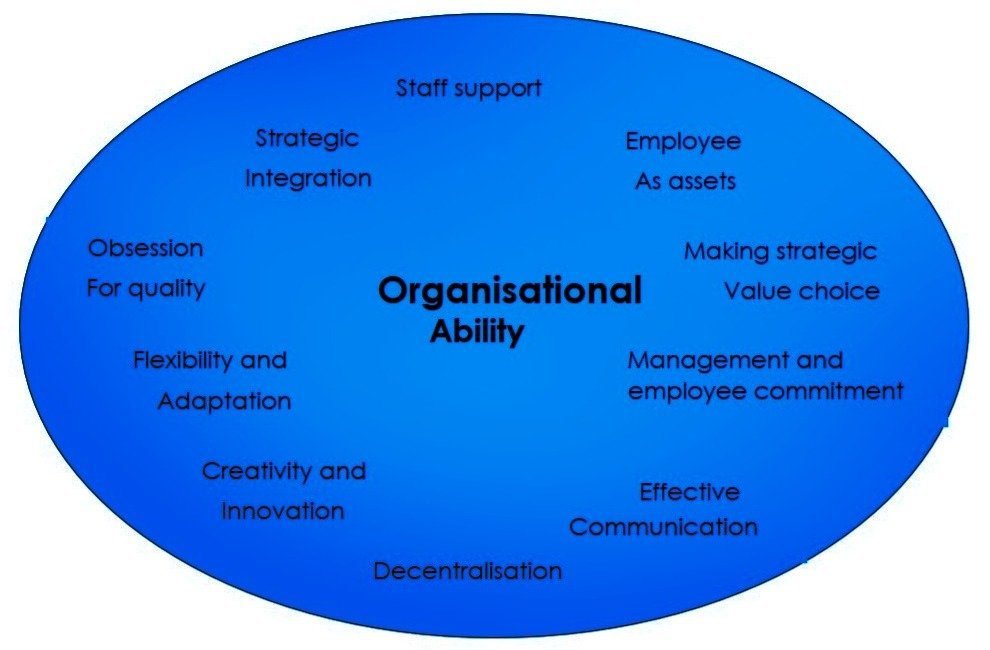HR services for small business can boost productivity, ensure smooth operations & maintain a positive work environment. Learn how to manage yours!
The Essential Guide to HR Services for Small Business
Introduction: Running a small business can be challenging, especially when it comes to managing human resources. As your business grows, it becomes crucial to have effective HR services in place to ensure smooth operations and maintain a positive work environment. In this guide, we will explore the key aspects of HR services for small businesses and provide valuable insights to help you navigate this important area.
Understanding HR Services
Human Resources (HR) services encompass various functions aimed at managing and supporting your workforce. These services include but are not limited to recruitment and onboarding, employee relations, payroll management, training and development, compliance with labor laws, performance management, and employee benefits administration.
Importance of HR for Small Businesses
Investing in HR services is vital to the success of your small business. Here are a few reasons why:
- Recruitment and Onboarding: Effective HR services help in attracting and hiring the right talent for your business. Streamlining the recruitment and onboarding process ensures that you have qualified individuals who can contribute to your company’s growth.
- Compliance with Labor Laws: Staying compliant with labor laws is essential to avoid legal issues. HR services can assist you in understanding and implementing regulations related to employment, wages, working hours, and employee rights.
- Enhancing Employee Relations: HR services are crucial in fostering positive relationships between employers and employees. By providing support, guidance, and resolving conflicts, HR professionals contribute to maintaining a healthy work environment.
- Training and Development: Continuous learning and development are critical for your employees and business growth. HR services can design and implement training programs to enhance skills, increase productivity, and foster employee engagement.
- Performance Management: HR services help in establishing performance evaluation mechanisms and goal-setting processes. Regular feedback, performance reviews, and recognition programs contribute to employee motivation and overall business success.
- Employee Benefits Administration: Managing employee benefits can be complex. HR services can assist in designing and implementing benefits programs, such as healthcare, retirement plans, and other wellness initiatives, that attract and retain top talent.
Finding the Right HR Services for Your Small Business
When it comes to choosing HR services for your small business, here are a few steps to consider:
- Assess Your Needs: Start by evaluating the specific HR needs of your business. Reflect on areas where you need support, such as recruitment, employee relations, compliance, or training.
- Consider Outsourcing or In-House: Decide whether you want to handle HR tasks internally or outsource them to a professional HR service provider. Each approach has its pros and cons, so find what works best for your business.
- Research HR Service Providers: If you opt for outsourcing, research different HR service providers. Look for reputable companies with expertise in small business HR services. Read reviews, check references, and compare services and pricing.
- Customize Services: Work with the chosen HR service provider to customize their offerings based on your business requirements. Ensure that the services they provide align with your goals and values.
- Establish Clear Communication: Establish open and transparent communication channels with your HR service provider. Clarify expectations, discuss reporting mechanisms, and maintain regular contact to address any concerns promptly.
10 Ways HR Services Can Help Your Small Business Grow
HR services can significantly contribute to the growth and success of your small business. Here are 10 ways in which HR services can help your business thrive:
- Recruitment and Talent Acquisition: HR services can assist in attracting and hiring the right talent for your small business. They can help create job descriptions, post job advertisements, conduct interviews, and screen candidates to ensure you have a qualified and capable workforce.
- Onboarding and Orientation: HR services can streamline the onboarding process for new employees. They can develop an effective orientation program, provide necessary training materials, and ensure a smooth transition into the organization for new hires.
- Employee Training and Development: HR services can design and implement training programs to enhance the skills and knowledge of your employees. By investing in employee development, you can improve productivity, efficiency, and innovation within your small business.
- Performance Management: HR services can establish performance evaluation mechanisms and goal-setting processes. They can help track employee performance, provide regular feedback, and identify areas of improvement to optimize individual and team performance.
- Employee Engagement: HR services can develop strategies to promote employee engagement and satisfaction. They can organize team-building activities, implement recognition programs, and create a positive work culture, leading to higher morale, motivation, and retention rates.
- Conflict Resolution: HR services can mediate and resolve conflicts within your small business. They can provide a neutral perspective, listen to concerns, and implement appropriate conflict resolution strategies to maintain a harmonious work environment.
- Compliance and Legal Support: HR services ensure your small business remains compliant with labor laws and regulations. They can guide employment contracts, wage laws, workplace safety, and other legal requirements, helping you avoid costly penalties and legal disputes.
Other things
- Employee Benefits Administration: HR services can manage employee benefits programs, such as healthcare plans, retirement benefits, and wellness initiatives. They can ensure that your employees have access to competitive benefits, promoting employee satisfaction and loyalty.
- Policy Development and Implementation: HR services can assist in developing and implementing company policies and procedures. They can create employee handbooks, communicate policies effectively, and ensure consistent enforcement to maintain a fair and transparent work environment.
- Strategic workforce planning: HR services can provide expertise and guidance in strategic workforce planning. They can help analyze your current workforce, identify skills gaps, and develop recruitment and retention strategies to align with your business goals and future growth plans.
By leveraging the expertise of HR services, your small business can optimize its human resources, foster a positive work environment, ensure legal compliance, and ultimately drive sustainable growth and success.
Conclusion
HR services play a crucial role in nurturing and managing your small business’s most valuable asset: your employees. By investing in effective HR services, you can streamline processes, enhance employee relations, ensure legal compliance, and ultimately contribute to your business’s growth and success. Remember to assess your needs, consider outsourcing options, and choose the right HR service provider to support your small business’s unique requirements.


















